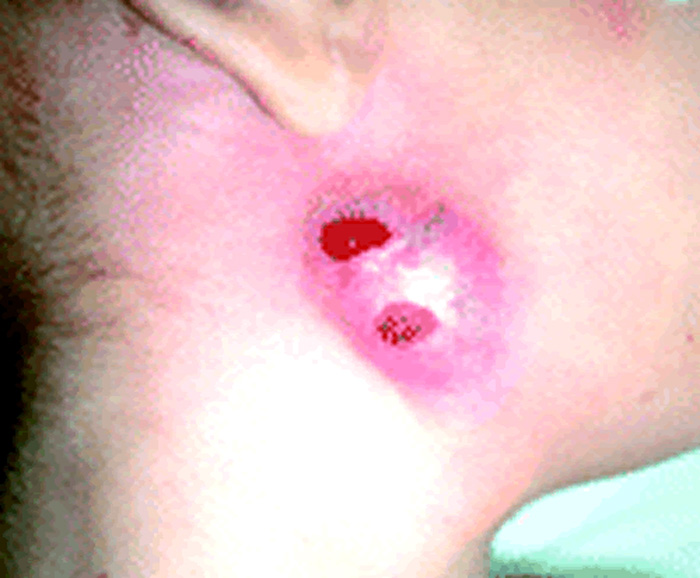This bacterium affects people when their defenses are low, and, in patients with HIV, it attacks producing effects from intermittent diarrhea to lung infections. It also affects people who suffer from cervical lymphadenopathy (swollen glands).
Once this investigation is finished, the scientists will have the sequencing of proteins, genes, metabolic ways, and virulence in order to use them for further studies. At the same time, the world"s population will be benefited from the improvement of treatments against this bacterium, explains Martha Murcia, associate professor of the Microbiology Department at Universidad Nacional de Colombia, where the assembling and annotation of the genome was recently finished.
The analysis of the metabolism aims at understanding the way in which this bacterium uses sugars and amino acids, and its virulence that involves the capacity of producing diseases.
Currently, the virulence factors are being studied, and the genome is being closed in the National Center for Biotechnology Information (NCBI) in Bethesda, Maryland (USA).
The denomination Mycobacterium colombiense was given since its first description, made by Murcia, was made based on test performed to patients with HIV in Bogota, in the years 1996, 1999 and 2000-
This work developed at NCBI is led by Doctors Leonardo Mariño, Professor ad honorem from Universidad Nacional de Colombia, and King Jordan, professor of the Georgia Tech Institute (USA).
These results are the outcome of the doctoral thesis made by Monica Natalia Gonzaléz Pérez, student of the Doctorate in Biomedical Sciences of the Faculty of Medicine at Universidad Nacional de Colombia.
This study has gone through many stages: isolation of the strains in patients with HIV in Bogotá, in 1996, 1999 and 2000; the characterization of the previous strains in Universidad Autonoma de Madrid (Spain), between 2001 and 2004, and the in vitro virulence study of the bacterium in the National Institute of Medical Sciences and Nutrition of Mexico Salvador Zubirán, between 2010 and the first semester of 2011.
Mycobacterium colombiense is part of the Mycobacterium avium Complex, which integrates the group of non tuberculosis Mycobacteria, contained in the 146 species of the Mycobacterium genus.
 Correo Electrónico
Correo Electrónico
 DNINFOA - SIA
DNINFOA - SIA
 Bibliotecas
Bibliotecas
 Convocatorias
Convocatorias
 Identidad UNAL
Identidad UNAL




